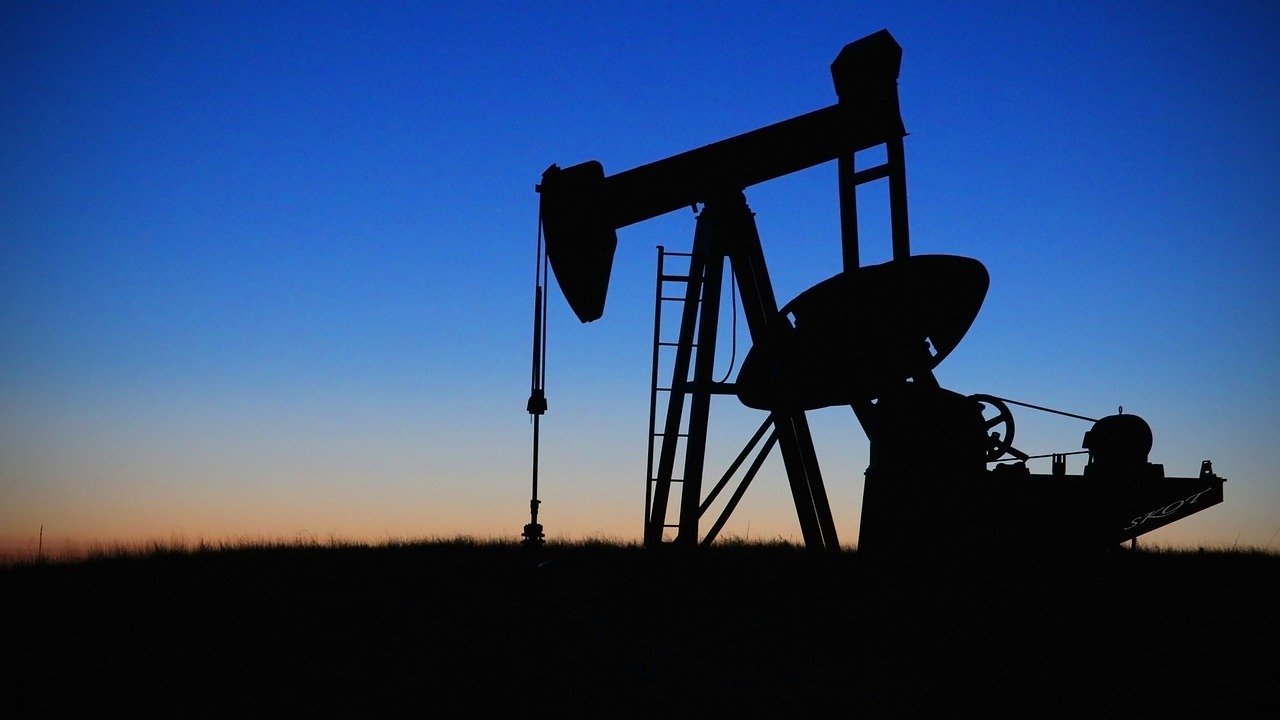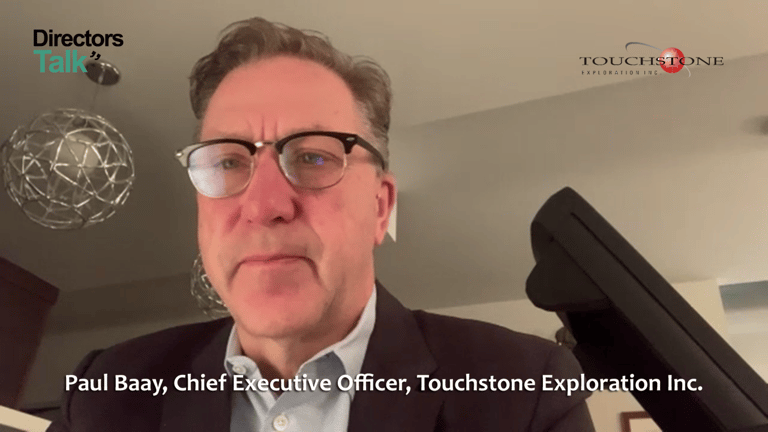Touchstone Exploration Inc (LON:TXP) Chief Executive Officer Paul Baay caught up with DirectorsTalk for an exclusive interview to discuss the latest testing as the Cascadura well, what this means for other wells on the block and the demand for natural gas in Trinidad.
Q1: Paul, you’ve just announced a production testing update on the Cascadura block, how does the second test compare to the first?
A1: The second test, although on the surface may not appear it, is much much stronger test than the first & the first one was far exceeding our expectations.
This particular test, we appropriated a larger zone, it produced to the maximum rate of the equipment that the tester had which was just under 30 million cubic feet a day. The real takeaway from this test is the pressure barely moved when we tested it, very very low drawdown so we’ve now ended up with a well that’s capable of between 40 & 60 million cubic feet a day of production on day one.
So, really really exciting & obviously a big big reservoir that Touchstone Exploration have drilled into here.
Q2: Can the one well drain the reserves that you’ve tested?
A2: We don’t think so, we’ll know more when we pull the recorders but the pressure data is really showing us hundreds of BCF here so probably at least one or two more wells of this type of magnitude to drain the structure over a timely manner, a 15 or 20-year lifespan.
There’s a little bit of development work to do here as well but again, I think a real takeaway from this test is knowing the initial production rate but also the size of what we found at this point.
Q3: What does this mean for the other wells to be drilled on the block?
A3: We’ve got two left in the programme right now & the next one, although has a different structure it has the same character as this particular one & the structure itself looks 2-3 times bigger, & we’re offsetting a well that was drilled in the 50’s so very similar. I think that well, in my opinion, is probably going to de-risk, it’s probably gone from, in our minds, a 34% chance of success to something that’s closer to 50/50 now.
There’s the fourth well in the programme called Royston which was always the one we were most excited to drill because it looked like the biggest one of the bunch. I’m not sure much has changed on it, it’s a big structure for the east on the block but this has to give I think, certainly us, a little bit of confidence as we go forward.
Q4: What sort of timeline are we looking at for an on production date?
A4: I think that’s probably the most common question we’re getting. We were going to go through an existing facility that was there that had about 45 million capacity but the Coho well that we talked about 2 months ago, it’s going to take up about half of that test capacity. With this particular well, there’s just not enough room in the facility for this well so the alternative we have is to go directly north, about 3km, & tie into the existing mainline.
We’re hoping, ideally, what we’d like to see if we’d like to see this thing on by the end of the year, maybe in the first quarter of 2021 so fairly quickly in what we see. It will also depend on the next well we’re going to drill on the block because we want to tie all of those in together & minimise costs & surface equipment.
Q5: Finally, what’s the demand like for natural gas in Trinidad?
A5: Trinidad right now has demand for about 4.2 billion cubic feet per day & current production is somewhere between 3.6 billion & 3.7 billion so there’s roughly 400/500 million cubic feet a day of demand so really good demand. More importantly, the industrials have to keep running & their supply of gas is from either the offshore platforms or now it’ll be our production onshore.
So, Touchstone Exploration is a little bit inflated from some of the fluctuations that are around the world on the natural gas side & from our point of view, we’ll be 75% natural gas on our production base when this comes on. I think in the craziness that’s going on around the world, it’s going to insulate us pretty well from that, certainly over the next 5 years.









































